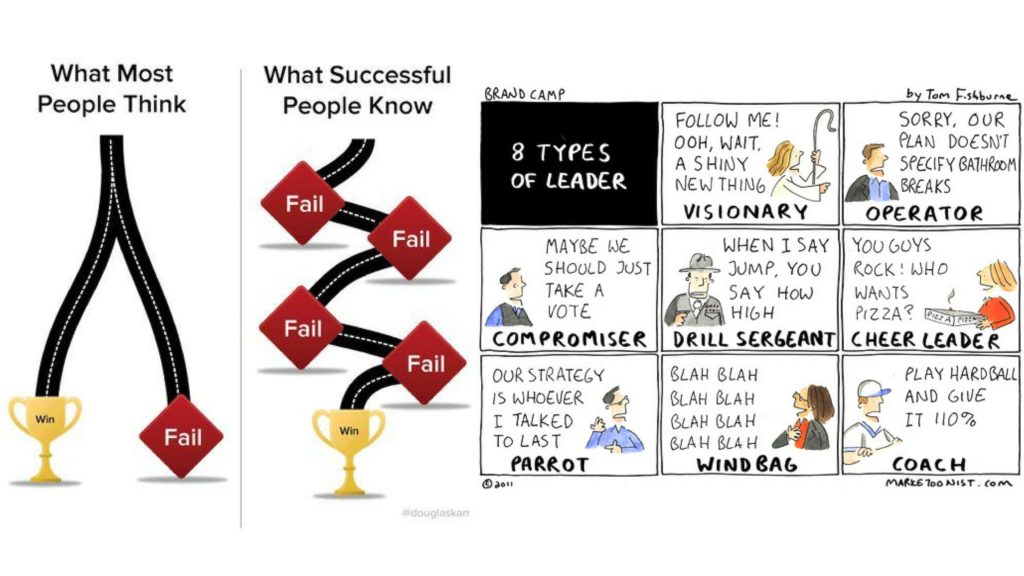Four steps of strategic planning for school leaders

I have a vivid picture of Roy Hodgson the former England football manager in my mind. He is sitting slumped in his chair at the side of the pitch watching England take a battering at the hands of Iceland.
Dejected, forlorn and without hope, he says nothing, he does nothing, just watches the nightmare unfold, as the nations’ team tumbles into humiliation at the hands of novices.
He is dismissed from his post with the media shouting loudly that he simply did not have a plan, no strategy in place to deal with the situation on the field. He just sent the team out doing what they always did and hoped it would be enough. It wasn’t.
“The essence of strategy is choosing what not to do”
– Professor Michael Porter
Roy was and still is a good leader. He has enjoyed success in many situations where others would have struggled, but he did not have a strategy to take the national side past the level they had reached previously. Those in his leadership team around him were not able to bring any positive influence to bear so that the outcome could be different. Without an effective strategy, a shipwreck occurred and all was lost.
Effective school leaders are masters of strategy, it’s not that they have left the operational aspects of school behind, but they have developed insight and skill in understanding the frameworks and nuances of strategic planning and execution.
 Davies and Ellison (1999) suggest that schools should engage in three types (or levels) of planning activity and integrate them into a cyclical process through which they can manage their strategic development over time. This model has been updated by Davies (2006) as follows,
Davies and Ellison (1999) suggest that schools should engage in three types (or levels) of planning activity and integrate them into a cyclical process through which they can manage their strategic development over time. This model has been updated by Davies (2006) as follows,
Short term
This refers to one or two-year planning and the creation of operational school development plans. These short-term plans need to be focused on practical and achievable areas of school improvement and need to be driven by specific operational development teams.
Medium term
This refers to the strategic analysis used to create a strategic intent for the less predictable areas of medium-term planning. It also refers to traditional planning processes to produce strategic plans for definable and predictable areas of development. Medium term plans are best put together, monitored and reviewed by a standing group that meets regularly to manage the various strands of the school’s strategic plan.
Long term
This refers to future thinking to identify longer-term fundamental shifts in the educational environment and provide a future perspective. In larger schools, this process may be promoted by ‘research and development groups’, set up as task-and-finish groups.
A strategically-focused school is one that is educationally effective in the short- term but has a clear framework and processes to translate core moral purpose and vision into an excellent educational provision that is challenging and sustainable in the medium to long term, Bennet (2000).
School leaders do not need to devise new frameworks for strategic planning, this area is well researched and readily available, we need to be courageous and forward thinking to employ strategic models, even though we may be in the midst of firefighting within the school community.
Strategic school leaders rise above the managerial daily school life and view the school and its future from a different perspective. Using a framework, school leaders can plan and implement a strategy to secure improvement, build capacity and enter into new territory. The following is adapted from a framework by Davies (2008).

Stage one: Generate intents
Generate a list of three to five strategic intents. These are intended to be significant changes and challenges that fundamentally move the school forwards.
For instance:
• Moving the entire curriculum of the school in a new direction across all key stages.
• Joining a new academy trust or federation.
• Cementing literacy, numeracy or business enterprise at the heart of the school ethos. Leaders, you must state your purpose, sum this up in keywords to guide day to day operations and as the foundation for future decision making.
• What is our core business in relation to this intent?
• What are we trying to accomplish for our students?
• What is our reason for existing?
Visualise the future… be courageous and think big! To write a statement of intent for each area answer this question, ‘What will this area of school look like in 5 – 10 years from now?’
Whatever you visualise should inspire you and others.
Stage two: Capability/capacity-building
For each intent (separately), list the early capabilities/capacities to be built in order to move towards achieving the intent. Each intent will then be taken separately to be developed (perhaps by different groups of staff or staff and other stakeholders).
Leaders, here you lead the analysis that helps the organisation look critically at itself. Tools to help you? the good old SWOT (strengths, weaknesses, opportunities, threats).
Or my favourite, MIC:
• What should we keep doing? Maintain
• What should we tweak? Improve
• What should we overhaul or start again? Change
Leaders, there had been no doing as yet! You are leading the leadership thinking across the community, facilitating focused dialogue with staff and stakeholders.
Neglect this collaborative thinking stage at your peril. Profiling will play a role here too. Find out about your staff afresh, find out about your students afresh, what are their needs? wants? training requirements? levels of morale and issues therein? Do this for each of your strategic intents.
 Stage three: Strategic processes to build intent
Stage three: Strategic processes to build intent
Take each capability/capacity to be built at stage two separately and set out the strategic processes which will be required to build it. In each case, this will involve the strategic processes of conceptualising; engaging; articulating.
Now, the leadership team get writing, still not doing as yet. Don’t be hasty, the pre-work is the equivalent of digging a deep foundation for future success.
Conceptualising: what could this look like for the school and for the staff involved? What can you as leaders see that others cannot?
Engaging: facilitation of the conversations, motivating others and encouraging participation in the wider dialogue.
Articulation: orally with staff, in writing to staff, laying down the structures of the strategy.
Leaders, set objectives that give action to the statements of intent and contain the goals to be achieved.
Effective goals set out clearly in relation to performance:
• How much
• What kind
• By when
• By whom
Assess your resources, assess your need for and then secure support.
Make sure your goals and objectives build upon your strengths, shore up your weaknesses, capitalize on your opportunities and recognise your threats.
Stage four: Implementation
What is the next step? Take decisions about implementation (or not), Is the school ready to?
• Move to phased implementation?
• Move to full implementation?
• Abandon the ideas as non-feasible or no longer appropriate?
Or does the school:
• Require further development and capacity/capability building in this area?
Now and only now should you start doing!








Responses